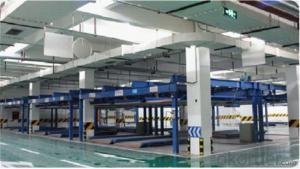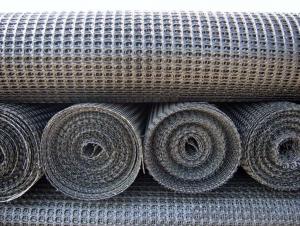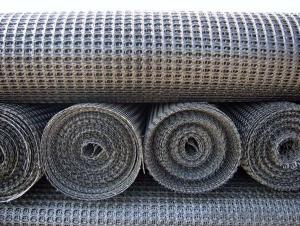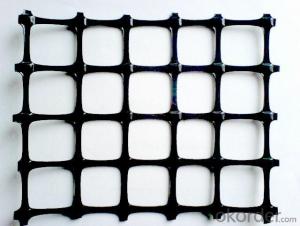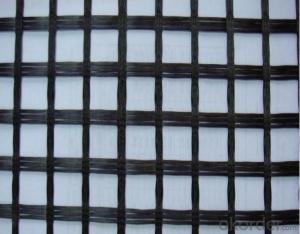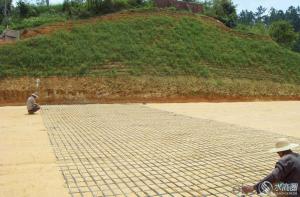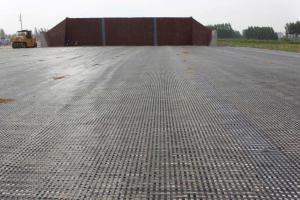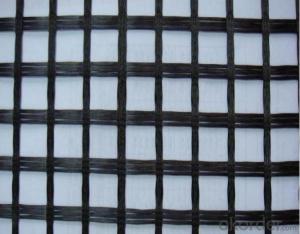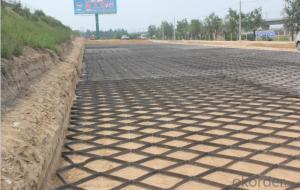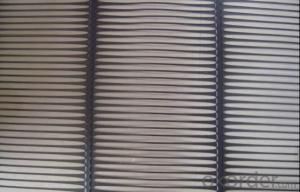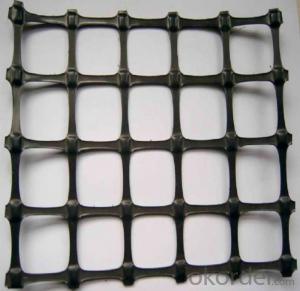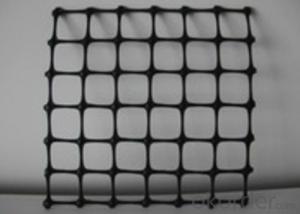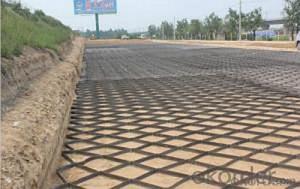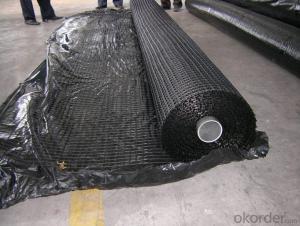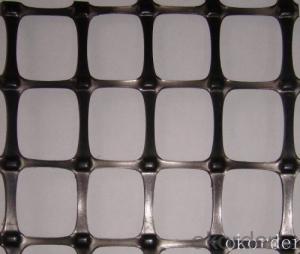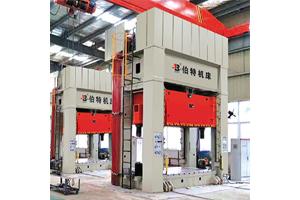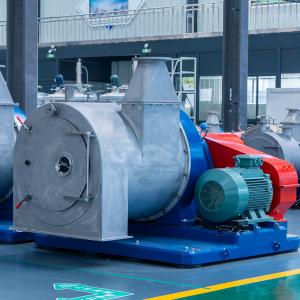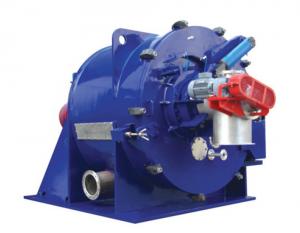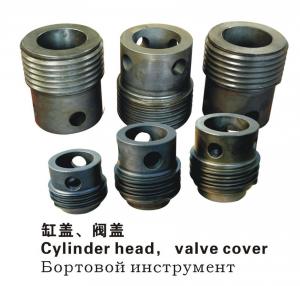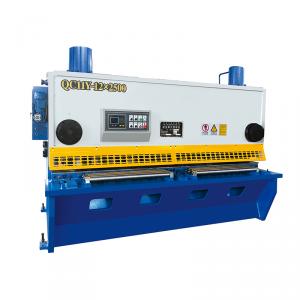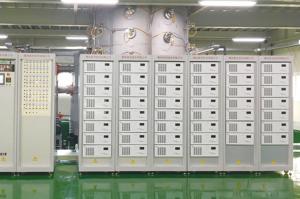Geogrid Parking Lot
Geogrid Parking Lot Related Searches
Geogrid Parking Geogrid Road Geogrid Driveway Asphalt Geogrid Geogrid Patio Geogrid Pavement Geogrid Layer Geogrid Paving Geogrid Placement Geogrid Road Base Geogrid Slope Standartpark Geogrid Geogrid On Slope Geogrid Grass Driveway Landscaping Geogrid Driveway Geogrid Geogrid Installation Laying Geogrid Geogrid Walkway Geogrid Machine Geogrid Driveway Installation Geogrid Near Me Grass Geogrid Geogrid Home Depot Geogrid Grass Geogrid For Driveway Geogrid For Roads Ads Geogrid Geogrid Mat Geogrid FenceGeogrid Parking Lot Supplier & Manufacturer from China
Geogrid Parking Lot is a specialized product designed for enhancing the stability and load-bearing capacity of parking areas. This innovative solution utilizes geogrid technology to reinforce the soil and improve the overall structural integrity of the parking lot. By incorporating geogrids into the construction process, the parking lot can withstand heavy vehicle traffic while minimizing the risk of subsidence and uneven surfaces.The application of Geogrid Parking Lot is vast, as it can be employed in various usage scenarios. It is particularly beneficial for commercial parking lots, public parking facilities, and even private driveways. By using geogrids, the parking lot can be designed to accommodate heavy loads from vehicles such as trucks and buses, ensuring a safe and durable surface for all users. Additionally, geogrids can help to reduce maintenance costs and extend the lifespan of the parking lot, making it a cost-effective solution for long-term use.
Okorder.com is a leading wholesale supplier of Geogrid Parking Lot products, boasting a large inventory to meet the diverse needs of customers worldwide. As a reputable supplier, Okorder.com ensures that the geogrids are of the highest quality and adhere to industry standards. By partnering with Okorder.com, customers can be confident in the performance and reliability of the Geogrid Parking Lot products they purchase, knowing that they are backed by a trusted and experienced supplier.
Hot Products
